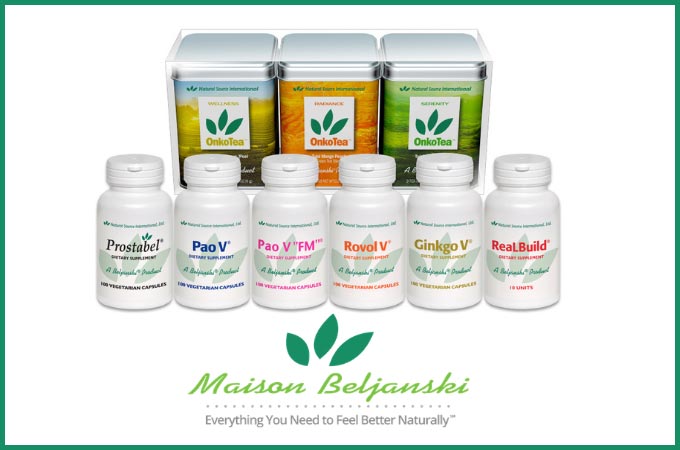How toxic chemicals contribute to COVID-19 deaths: Frederick vom Saal, Aly Cohen
Chronic diseases, many linked to chemical exposures, are worsening the pandemic sweeping the U.S.
Most people living in the U.S. are suffering from one or more chronic diseases that the Centers for Disease Control and Prevention (CDC) has identified as putting people at increased risk of dying from COVID-19.
These chronic diseases include obesity, diabetes, liver, kidney and cardiovascular disease (together called metabolic disease), respiratory diseases including asthma, allergy, emphysema, and chronic obstructive pulmonary disease (COPD), as well as autoimmune diseases, such as rheumatoid arthritis, multiple sclerosis, Crohn's disease, and lupus.
All of these diseases involve disruption of normal immune system function, resulting in inflammation. Chronic inflammation primes the body to react with a heightened response to immune system insults, such as COVID-19 infection.
In the U.S., these chronic diseases have been steadily increasing over the past 50 years, associated with the dramatic increase in chemical production for use in plastics, construction materials, pesticides, personal care products, furniture, cookware, food packaging, textiles, and many other products that are steadily infiltrating every aspect of human life.
Researchers are finding that a disturbing number of these chemicals are categorized as endocrine disrupting chemicals (EDCs) that can interfere with the normal functioning of hormones involved in cell communication, including regulating immune responses and inflammation. We are exposed to such chemicals through a myriad of common consumer products, emissions into outdoor and indoor air, in drinking water, and in processed food and food packaging.
Despite clear evidence that chronic diseases have been steadily increasing in the U.S. and that endocrine disrupting chemicals impact these disease trends, regulatory agencies—including the Food and Drug Administration and Environmental Protection Agency—have refused to acknowledge the dangers posed by continuous exposure of the U.S. population to a large number of these chemicals.
Doomed via diet
How are these pervasive chemicals contributing to mortality from COVID-19?
Let's take, as an example, food and food packaging. In the U.S., the standard American diet, accurately given the acronym SAD, consists mostly of low cost, low nutrient, high sugar, ultra-processed ingredients full of chemical additives (flavorings, preservatives, dyes).
Processed foods are typically devoid of nutrients and antioxidants—such as vitamins, anti-inflammatory fatty acids, minerals and micronutrients—that are found in whole foods like vegetables, fruit, nuts, and whole grains, which are critical to normal immune system function.
The poor nutrition of processed food along with the endocrine disrupting chemicals in food and packaging such as the chemical bisphenol A (BPA), lead to disruption of glucose (blood sugar) regulation, insulin resistance (the inability of cells to respond to insulin) and cellular dysfunction resulting in inflammation.
The combination of endocrine disrupting chemicals and insufficient amounts of antioxidants create the perfect setting for an abnormal inflammatory response.
Add to this the deleterious nutritional effects from common medicationsused to treat many chronic illness (one example is B12 loss with metformin use in diabetics). Thus, when confronted with exposure to an infectious agent, such as the novel coronavirus, the risk of dying is increased by the baseline inflammatory state that occurs with chronic diseases.
In reality, it is the enormous inflammatory response to the novel coronavirus that is killing susceptible individuals, not the virus itself. Ironically, several of the nutrients (zinc, vitamin B3, vitamin C,vitamin D) and antioxidants from fruits and vegetables, are among the many therapeutic interventions currently being looked at to reduce the length and severity of coronavirus infection.
In addition, these antioxidants actually protect against some of the harmful effects of endocrine disrupting chemicals such as dioxin and BPA.
Time to act
While the chronic diseases listed by the CDC put people at increased risk of death due to contracting the novel coronavirus, we cannot suddenly reduce these diseases and make the U.S. population safer.
Individual lifestyle changes, which include increasing intake of nutrient-rich, unprocessed fresh or frozen foods that do not contain endocrine disrupting chemicals, drinking water without pollutants, improved sleep, stress management, and regular aerobic exercise, are regarded as cornerstones in reducing risk for developing most chronic diseases.
However, the rapid spread of the novel coronavirus has increased awareness that global pandemics are likely to occur at increasing frequency.
The issue that is central to saving lives when the next pandemic occurs is: how do we reduce the burden of chronic diseases identified above that have resulted in the U.S. being one of the unhealthiest places on Earth to live, in spite of spending astronomical amounts of money on healthcare?
We are unlikely to quickly address all of the social changes required to solve all of the problems this pandemic has laid bare.

























